Estonia may be one of the least formally religious countries in the world, but that doesn’t mean there isn’t deep-rooted reverence for spiritual traditions. It’s more the opposite, celebrating those anticipated customs reaching back to pagan times with strong ties to the earth and the magic of the changing seasons.
No surprise: I fit right in here.
And my life-long obsession with coloring eggs at Easter is now confirmed and explained: Baltic genetics. I have found my people.
This Easter weekend, being our first in Estonia since we moved last June, gifted me with vernal enthusiasm to frolic and have some fun experimenting with new twists on old traditions. Add in some perfect spring days with warm temps reaching 25 C (77 F) and we were even inspired to light the grill for our first BBQ of the season.
Grilling is approached with religious fervor in Estonia, it would be grilling, but that’s another story for another time.
There are several worlds for “Easter” in Estonian, such as the most common, lihavõtted, which literally means “meat-taking holiday” to make the end of Lent. It’s sometimes called munadepüha – “egg holiday” — for the deep love of decorating eggs. You’ll also see the folklore rooted kiigepühad – which means “swing holiday” referring to another beloved Estonian of swinging on exceptionally large wooden swings – yet another Estonian reveal for another time.
Above all, this weekend marks the true beginning of spring, blending these ancient folk traditions with cultural creativity across generations. A time of celebration after the darkness of winter to embrace and prepare for the most important Estonian holiday of all: summer! Stay tuned for more on that front.
My top two highlights from this first Easter in Estonia: egg coloring and a very special Easter treat: pashka.
My Love of Coloring Eggs (aka why we are eating egg salad all next week)
Part 1: Onion Skins Origin Story
Growing up, coloring eggs was an important thing in the Kivirist household. Sure, we bought a pack of the American PAAS tablets, but I remember my parents always disappointed with the colors.
The “real” colors in Kivirist Family came from onion skins, which first involves saving your onion skins for months (I use brown but red work too) so you have a nice big bag for coloring. There are different techniques to this process – and maybe next year I’ll advance into beet root and other natural dyes – but my general technique is as follows:
Step 1: For design and pattern, place a few ferns, leaves or flowers on the raw white egg and then cover the whole egg in the onion skins. This does not have to be methodical or exact.
Step 2: Wrap the egg in cheesecloth and tie together with string.
Step 3: Place in a pan and cover with water and bring to a boil. Boil for about 15 minutes and then let eggs sit in the pan until water is cool. The longer you leave them in the pot, the deeper the color.
Step four (the best part): Unwrap the eggs and see what surprise creative artwork Mother Nature has gifted. Rub the dry eggs with a little vegetable oil for sheen and shine.
Part 2: My new egg love — Farben Froh
Another reason for the overabundance of egg salad this week due to my coloring way too many eggs is I was also lured by the robust selection of colored dyes in the Estonian stores right now. Meet “Farben Froh,” my new best egg friend.
Farben Froh is a line of German egg colors (that my high school German can still translate to literally “full of colors”) that are super easy to use (no dissolving PAAS pellets!): just add vinegar and water.
After a six minute soak: You have a beautifully colored egg, all from natural food dye, which is amazing given the colors. Thank you European Union for banning many of the toxic food coloring still found in the U.S.
Meet Pasha: Hidden Easter Sweet Gem
Something that has been on my Easter table my whole life that odds are you never heard of: Pasha (or Pashka as my family called it but that might be our own long-standing misspelling . . .). It is a traditional rich, creamy dessert rooted in Eastern Europe and loved by Estonians.
Here’s my mom’s recipe which basically is an “American ingredient-ized version of an Estonian recipe” that I am now re-crafting in Estonia with Estonian ingredients, most notably the farmers cheese which is so much more readily available and tasty here. In the States, true farmers cheese is very hard to find, usually involving a trip to a Polish deli in Chicago.
Blend in sour cream, butter, sugar, hard boiled eggs, cream cheese, lemon and raisins. Then drain it in a cheesecloth to get out the extra moisture – and “flip” it to form a mold. It’s not cooked. To me, it has a cheesecake like quality but the texture of farmers cheese throws some people (i.e., John).
I’m tickled by the fact that these Baltic foods that for most of my life no one ever heard of are not only common in the grocery store, but celebrated. While new experiences and fresh challenges drove our move across the pond, I’m realizing — happily — that sometimes if you’re lucky newness can simply be a fresh (tasty!) take on coming home. Again.
Check out more photos (and ordering options) from John D. Ivanko on Alamy

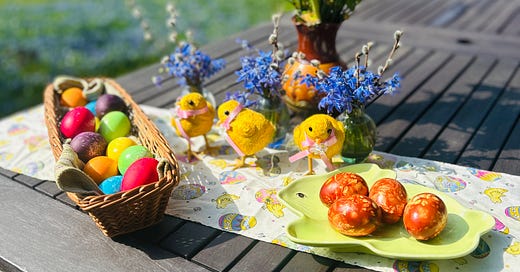





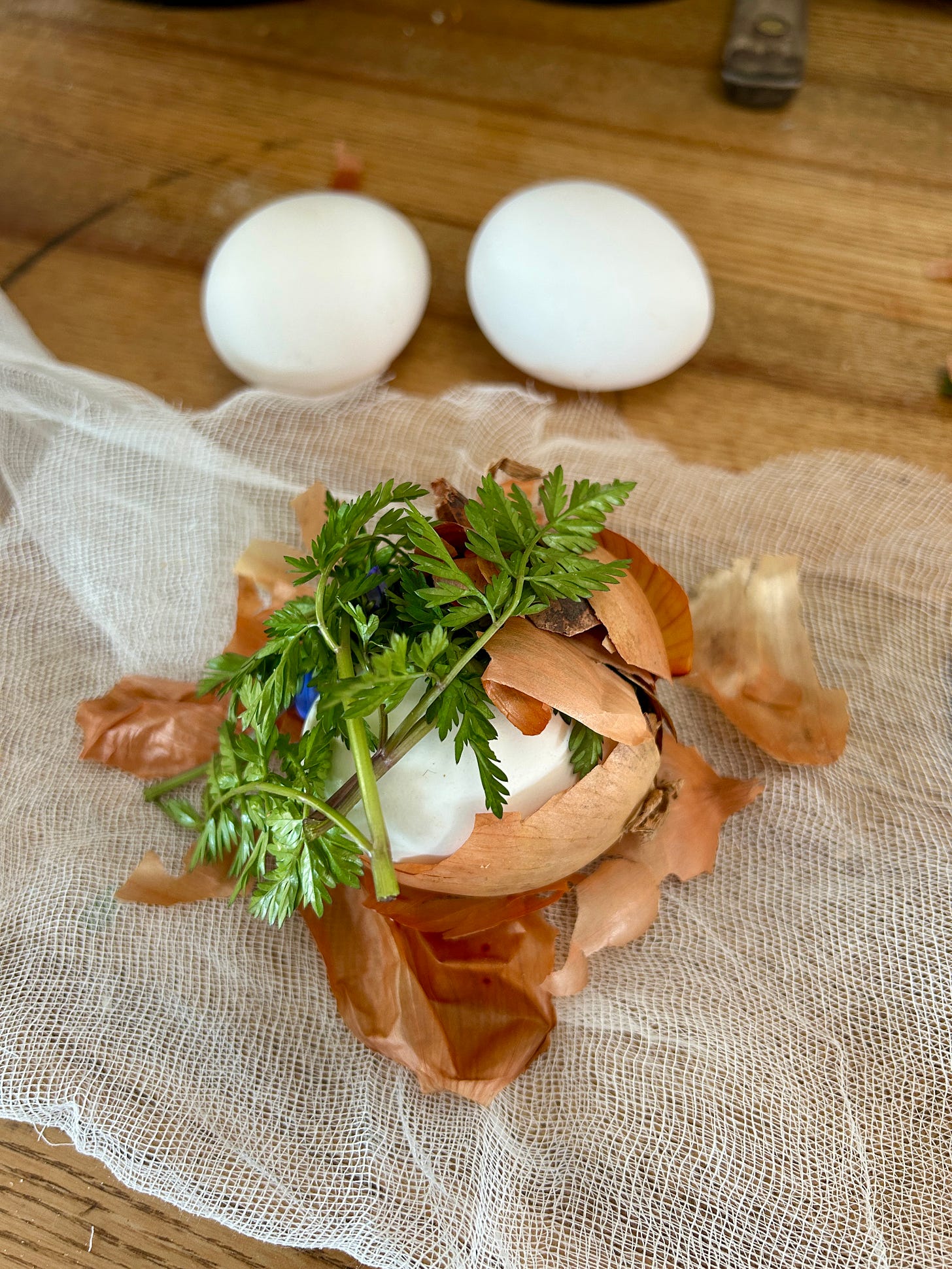

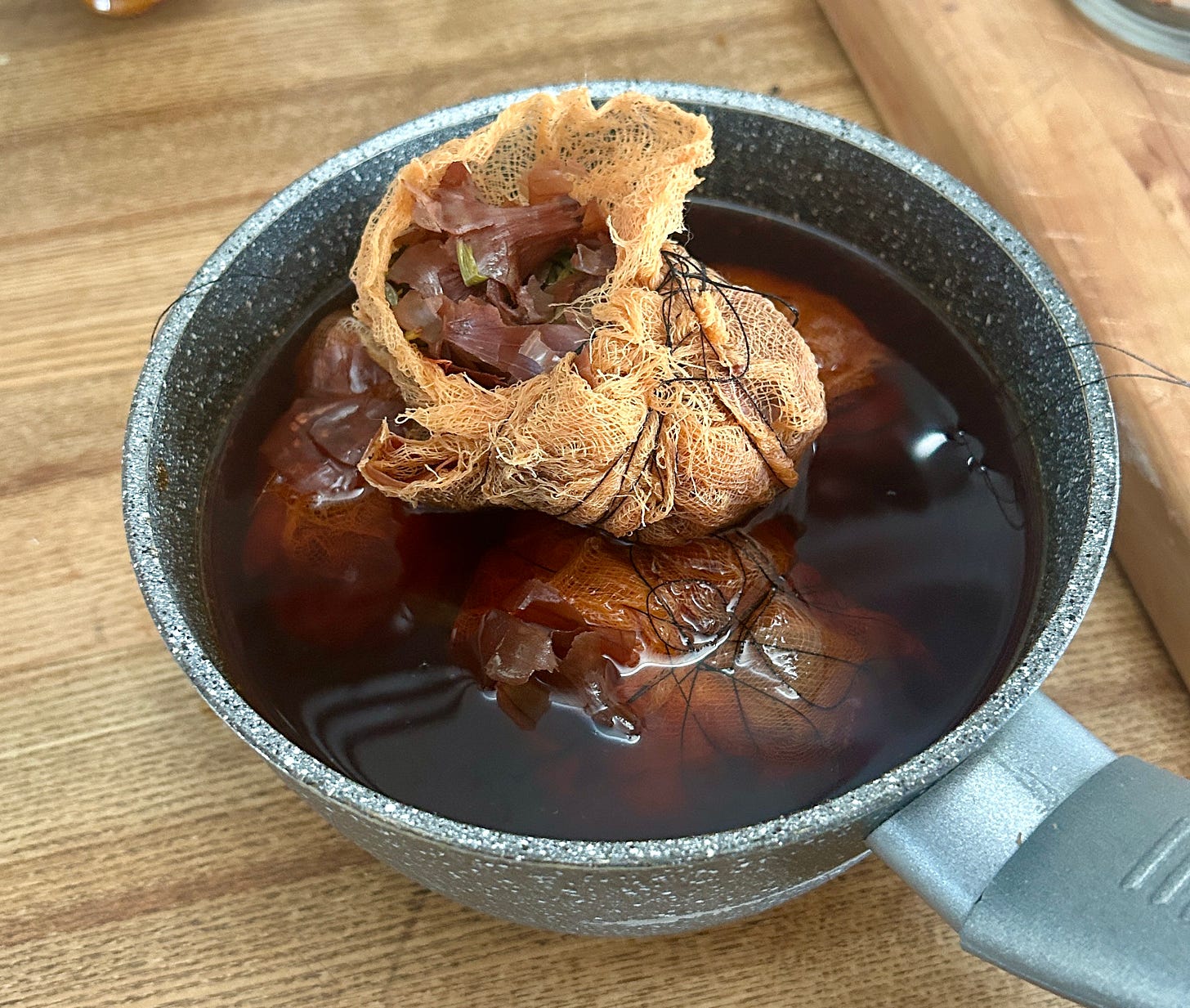


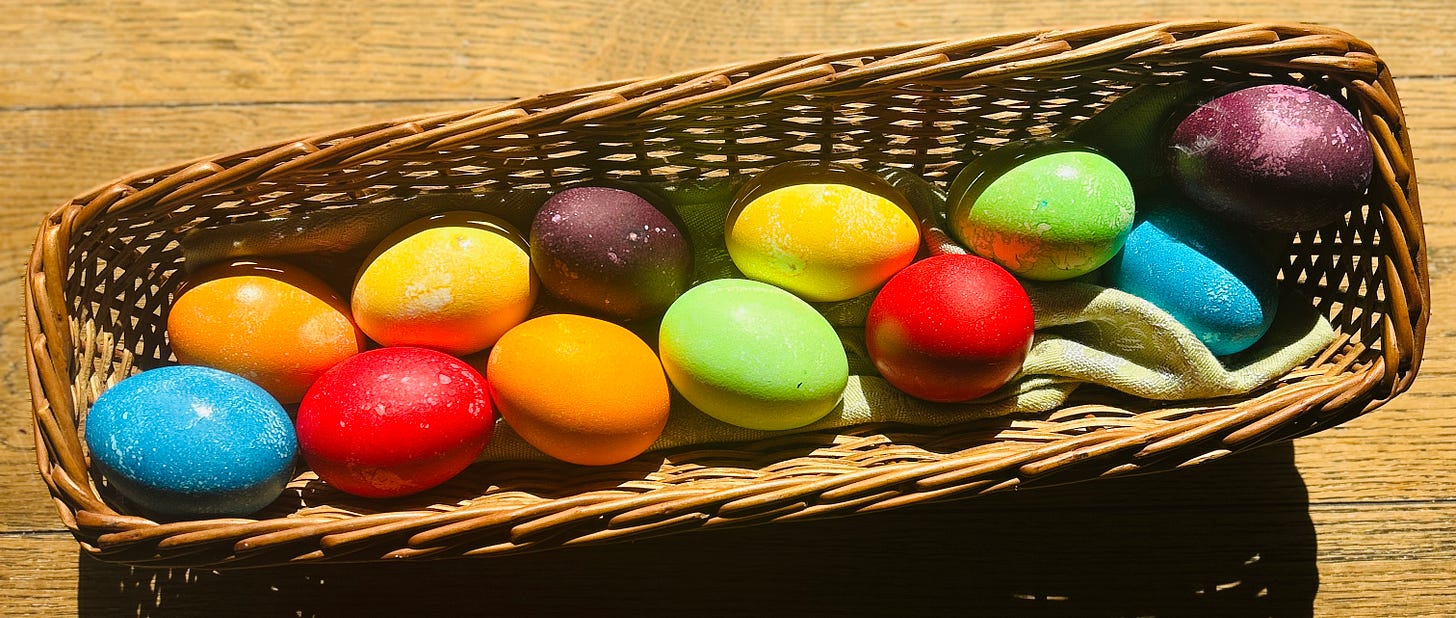
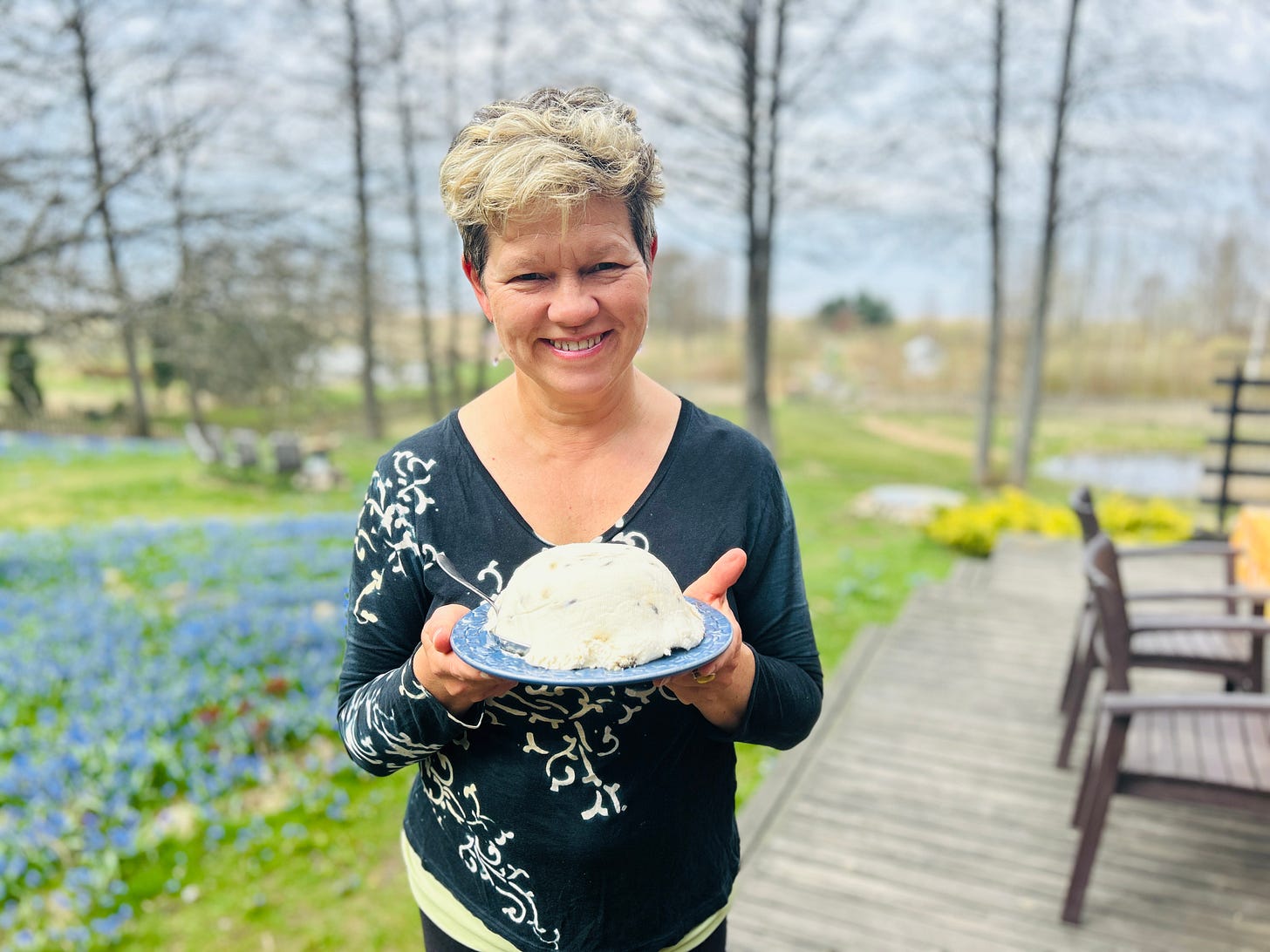

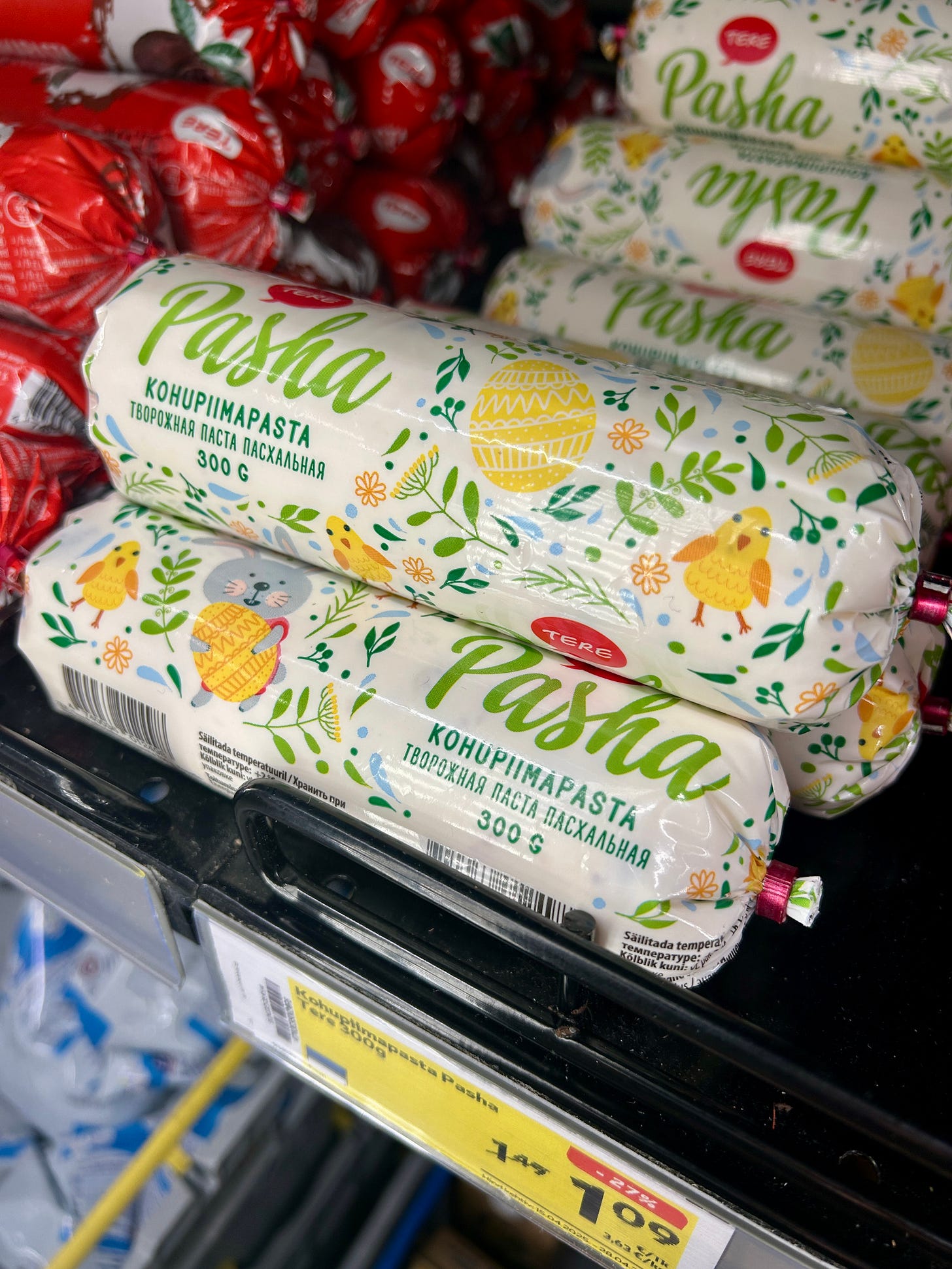
Did you "koksi" with your Easter eggs? A little game where you tap the top of your egg with someone else's and the winner is the one whose egg didn't crack 😊🐣
This is sooo fun Lisa!